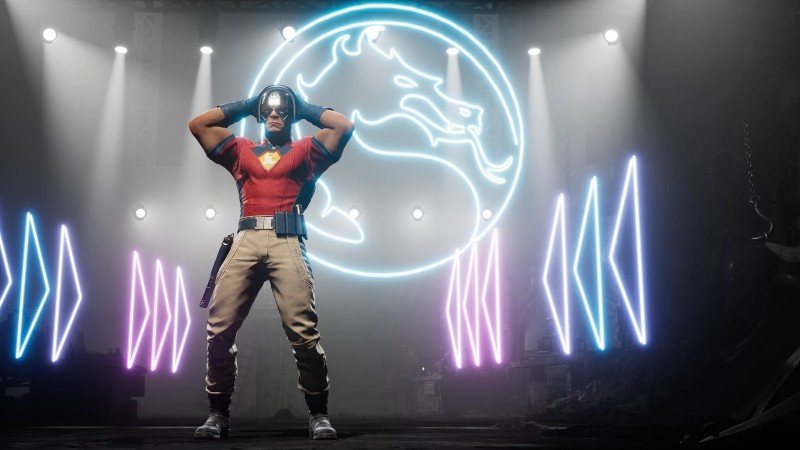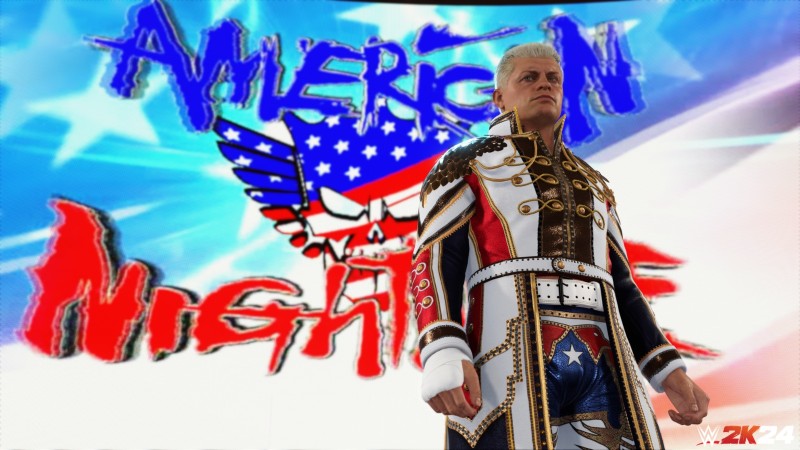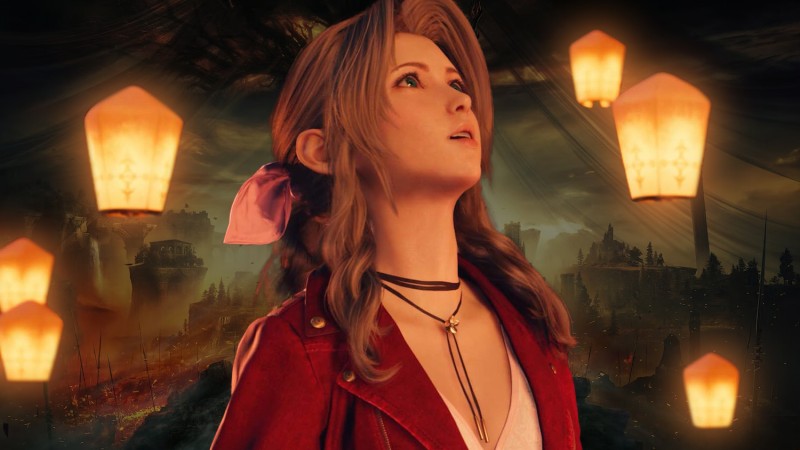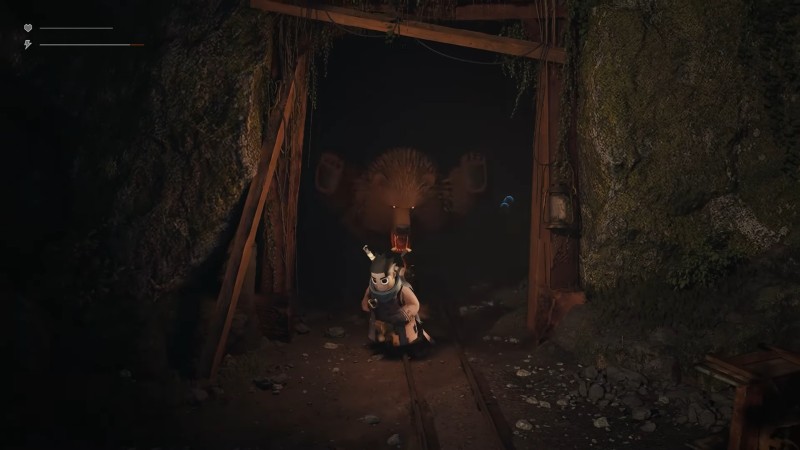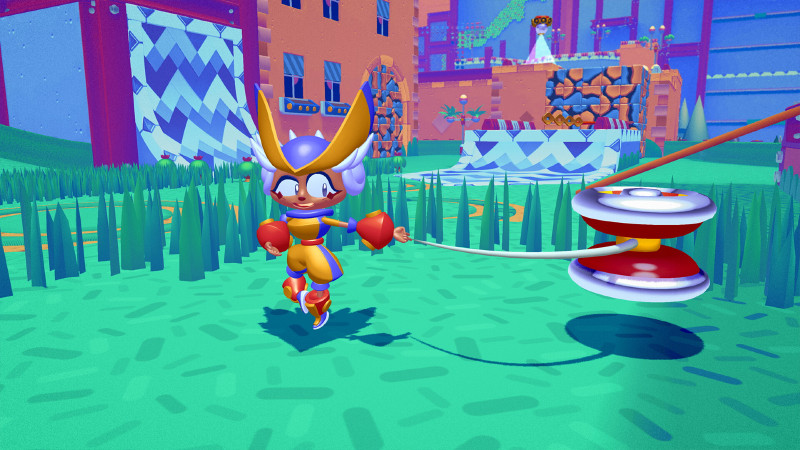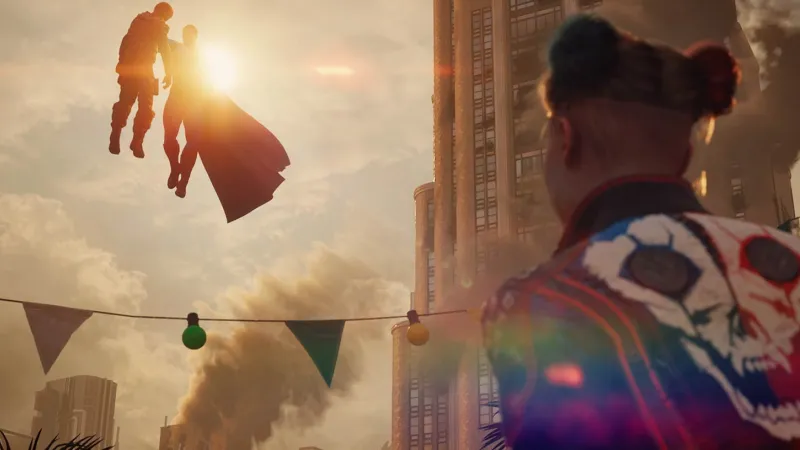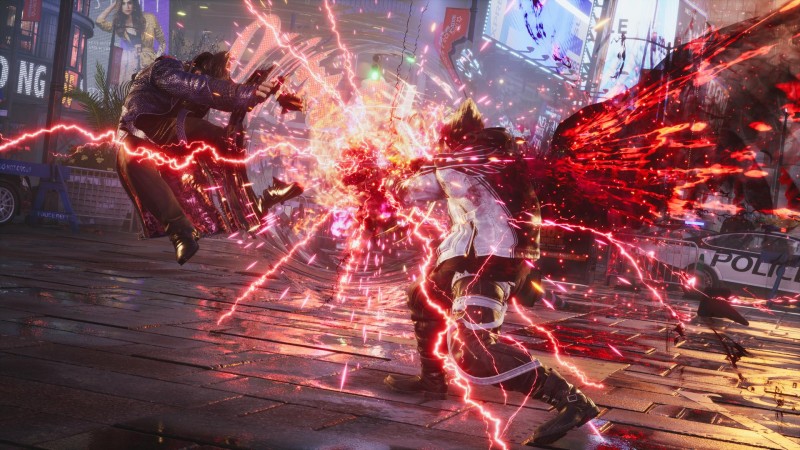Final Fantasy VII Rebirth has quite the act to follow up – it must both live up to the sky-high expectations set by its predecessor, Final Fantasy VII Remake, and synthesize and modernize perhaps the most crucial chapter in our heroes’ adventure across Gaia. While my 80 hours in Rebirth didn’t quite match the overall nirvana of Remake, it’s a game I struggled to put down. A few stumbling blocks, like a bloated and sometimes tedious open world and intermittently uneven pacing, threaten the highs of Rebirth. But an exciting and well-told story, with an awe-inspiring finale to boot, almost made me forget the lows. The final result is a flawed but deeply reverent love letter to one of gaming’s most beloved RPGs.
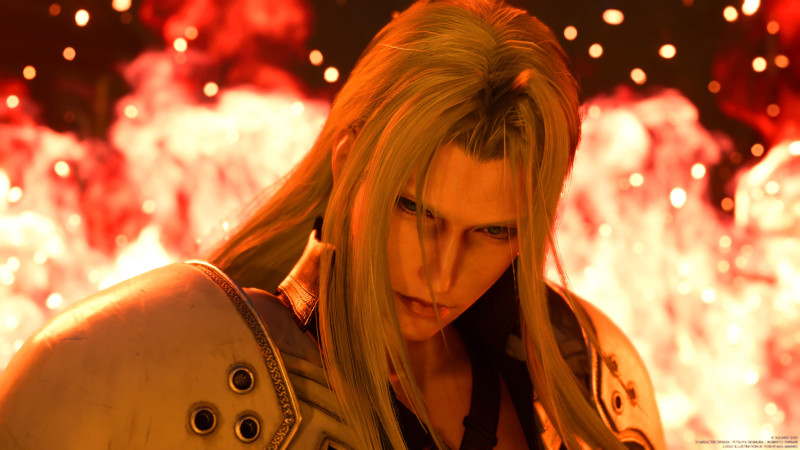
Finally out of Midgar, Cloud, Aerith, Tifa, Barret, and Red XIII embark on a continent-hopping journey to stop Sephiroth from executing his plan to destroy the planet, starting with a visit to the city of Kalm. Like Midgar before, Kalm is lovingly recreated from polygonal pathways into a fully realized town. Seeing such a familiar location through the lens of 2024 for the first time is a treat, and it’s a feeling carried throughout the entire game. Junon, Cosmo Canyon, Nibelheim – iconic locations burned into my brain deliver moments of awe with each visit, and the feeling never gets old.
Sometimes, though, asset pop-in in larger areas and unnaturally harsh lighting changes when going from inside to outside distract from that awe. And the game’s performance mode, which seems to run at a stable 60 FPS, is so blurry that I stuck with the 30 FPS graphics mode. A recent patch mitigated these issues a bit, but they still persist.
Surrounding each of these locations is a sprawling open area dotted with side quests, combat challenges, card game matches, treasure caches, intel towers, scavenger hunts, and more. While exciting at first, realizing that each open-world area in Rebirth consists of the same objectives grew more disappointing as time passed. Much of it is good fun, carried by excellent combat and strong connections to the world and lore of Final Fantasy VII, but more variety would have gone a long way to sprucing up my time outside of story content.
Pockets of greatness, like the fantastic Queen’s Blood card game or special Summon Shrines that lead to new powerful materia, are still great even when repeated throughout the world map. And where the standard area objectives rarely stray from the formula established early on, the side quests, which range from fine and forgettable to great, sprinkled throughout each region, provide levity and a nice touch of weirdness to the world of Cloud and his friends. One even had me laughing out loud at my screen, reeling from a reality check delivered right to Red XIII. Traversing these lands can be tedious at times, especially in areas where specific Chocobo mechanics, like mushroom-hopping and wind gliding, are required, and my frustrations with Rebirth’s overfilled open world peaked in these moments.
But old and new story beats, like Bugenhagen’s explanation of the lifestream and the return of familiar faces from Final Fantasy VII Crisis Core, pulled me out of those dumps. Some of my favorite original Final Fantasy VII moments are given new life with beautiful visuals and expanded exposition. Fighting new foes and classic bosses with Rebirth’s combat, which further builds on Remake’s real-time action-strategy system, is exhilarating. Additional party members, like Red XIII, Yuffie, and Cait Sith, inject new layers of defensiveness, speed, and whimsy, respectively, to the mix, and Rebirth smartly uses the weapon proficiency bonus system and story moments to ensure none are left sitting on the bench for too long.
Square Enix nails almost every story beat, expanding on the lore in ways I didn’t know I wanted while remaining faithful to the original narrative, but falters a few times with needlessly overstuffed chapters. One, in particular, begins with the endorphin rush of the Gold Saucer and then dumps you into a literal dustbowl with a laundry list of boring quests to complete before allowing you to continue forward, bringing the fun to an excruciating halt.
If Remake is about showing how the capitalist, villainous Shinra Electric Power Company is destroying Midgar, Rebirth is about how this company is destroying the world. Square Enix uses the game’s various regions to demonstrate Shinra’s effects on the planet and its people up close and personal. The Gold Saucer shines bright at night, with nearly a dozen minigames – just a fraction of the total game’s shocking amount – and collectible treasures for its patrons (and Cloud) to delight in. But the surrounding Corel region is in ruins, now a desert thanks to miniature reactors converting the region’s lifestream into the energy needed to power the nightlife resort.
Cloud’s fight to catch and stop Sephiroth takes a backseat to this commentary throughout, giving them time to work through their emotions together as most are venturing beyond where they’ve ever been in this world. Those discussions and growing bonds weave in and out of combat, where new Synergy Abilities provide meaningful boosts to Rebirth’s action in various ways, like one that splits two Active Time Battle bars into three or another that massively increases an enemy’s stagger. These abilities and other skills directly improve Cloud’s standing with his party, opening opportunities for additional insight and raising a special relationship meter.
Sephiroth’s sparse screentime makes each appearance by the One-Winged Angel all the more terrifying, culminating in a final act that broke my mind in the best way, both as a test of my combat abilities and my understanding of Final Fantasy VII. Square Enix already made clear to players where this game comes to a close, but the finale, which best serves fans rather than first-time players, isn’t any less wondrous because of that. Rebirth’s score matches the heights of this closing act and the rest of the game, with gorgeous tear-inducing arrangements, jazz-fusion bops, and an eclectic mix of new songs and old favorites.
This sequel went wide, and while that comes with benefits, like new ways to explore this beloved world and its various sights, it also comes with drawbacks. They aren’t unlike anything fans of the genre have experienced before, and playing as cherished characters certainly eases the pain, but the tedium and bloat of the open-world checklist can sometimes get in the way of where Rebirth truly shines. The best of Remake exists in Rebirth, but the various open-world areas surrounding it – the parts that make Rebirth unique from its predecessor – sometimes miss the mark.

